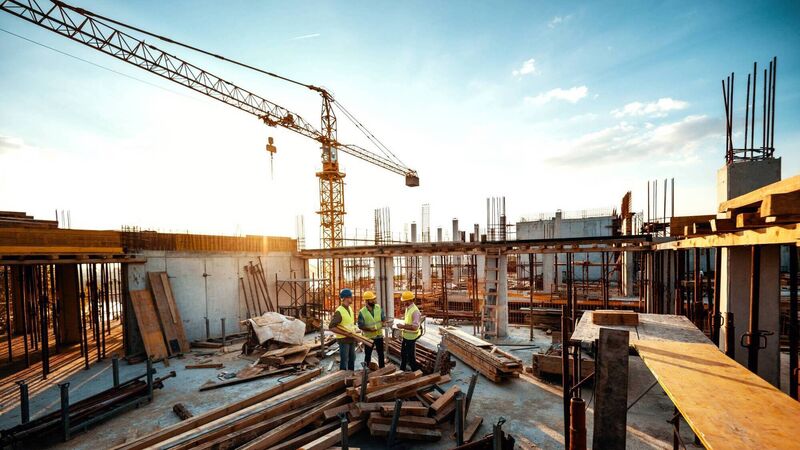Construction sector records sluggish February

Housing development 'remained the best performer' out of the three construction subsectors, seeing activity rise for the sixth straight month.
Despite activity in the residential development sector performing at a “solid pace” last month, the overall construction sector has seen a decline, highlighting the “muted operating environment for building activity”, the latest AIB Purchasing Managers Index (PMI) shows.
The AIB Construction PMI for February noted a number of “mixed trends” throughout last month with new orders returning to growth and positive signs in terms of work on housing and commercial projects.











